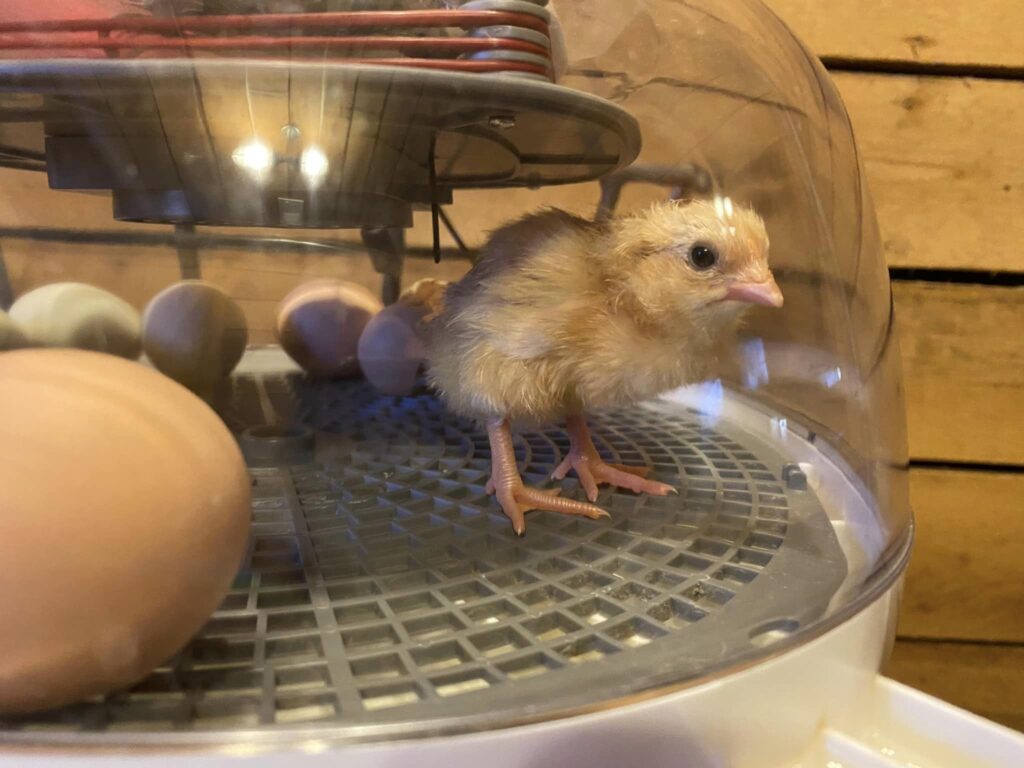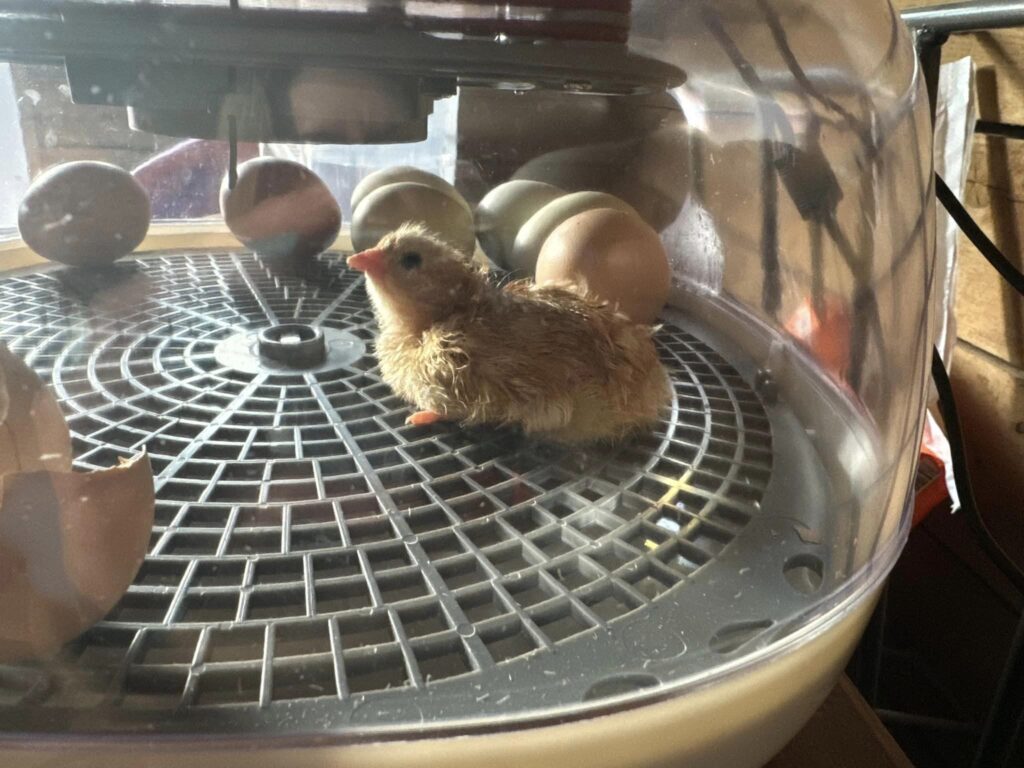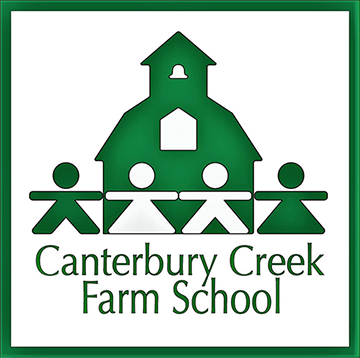Every year at Canterbury Creek Farm Preschool, we embark on a fascinating journey of hatching chicks from our very own chickens. This hands-on learning experience is a highlight for both our students and staff, providing valuable lessons in biology, responsibility, and the miracle of life.
The Incubation Process
Hatching chicks begins with collecting fertilized eggs from our farm’s chickens. The eggs are then carefully placed in an incubator, where the real magic begins. An incubator mimics the conditions provided by a mother hen, maintaining a consistent temperature of around 99.5 degrees Fahrenheit and the right humidity levels. This controlled environment is crucial for the development of the embryos inside the eggs.
Facts about Chicken Eggs and Incubation:
- Incubation Period: The entire incubation process takes about 21 days. During this time, students eagerly monitor the eggs.
- Turning the Eggs: To ensure even heat distribution, the eggs must be gently turned several times a day. In a natural setting, a mother hen does this with her beak and feet.
- Candling: Around day 7, we perform a process called candling, where a bright light is used to check the development of the embryo inside the egg. This allows us to see the growing chick and determine if the egg is viable.

Hatching Day
As the 21st day approaches, anticipation builds. The first signs of hatching, or “pipping,” begin when the chick starts to break through the eggshell. This process can take several hours as the chick slowly works its way out. Students watch in awe as the tiny chicks emerge, wet and exhausted from their efforts. It’s a moment of wonder and joy for everyone involved.
Holding the Chicks
Once the chicks have dried off and fluffed up, the children have the opportunity to hold and interact with them. This is always a favorite part of the experience. Holding the chicks helps students develop a sense of care and empathy for living creatures. They learn about the chicks’ needs, such as warmth, food, and water, and understand the responsibility involved in caring for animals.
Interesting Facts about Chickens and Eggs:
- Eggshell Composition: The eggshell is made primarily of calcium carbonate and is covered with tiny pores that allow air to pass through, providing oxygen to the developing chick.
- Chick Communication: Chicks start communicating with each other and the mother hen while still inside the egg. They make small peeping sounds that can be heard during the final days of incubation.
- Learning Through Play: Interacting with chicks provides sensory learning experiences for children. They can feel the softness of the feathers, hear the gentle peeping, and observe the chicks’ behavior.
Educational Impact
The annual chick hatching project at Canterbury Creek Farm Preschool is more than just a fun activity; it’s a powerful educational tool. It teaches children about life cycles, the importance of nurturing, and the wonders of nature. By observing and caring for the chicks, students develop a deeper appreciation for animals and the environment.

Enroll Now!
If you want your child to experience the joy of learning through hands-on activities like chick hatching, consider enrolling at Canterbury Creek Farm Preschool. We are now enrolling for summer camps and the upcoming school year. Visit our website or contact us at (616) 676-0248 to secure your spot today!


Recent Comments